Starfront’s remote observatory lets customers aim their scopes at the cosmos from anywhere.


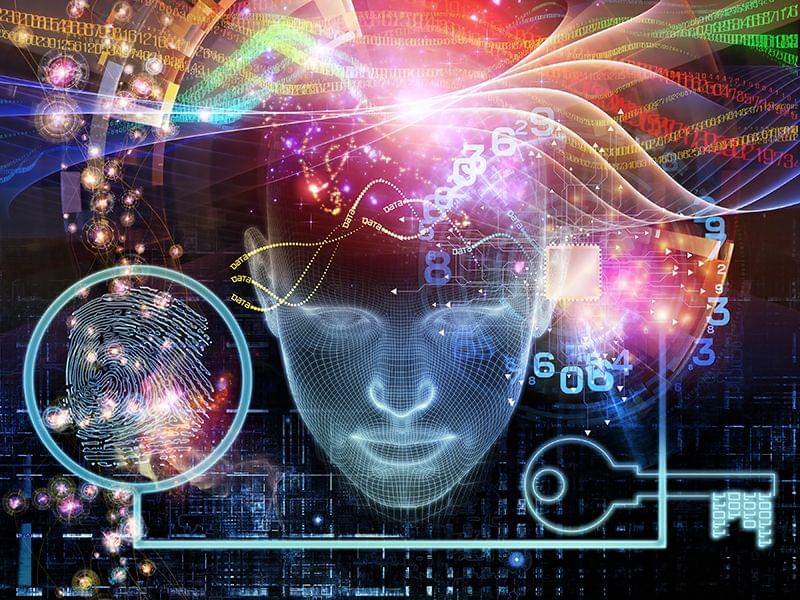
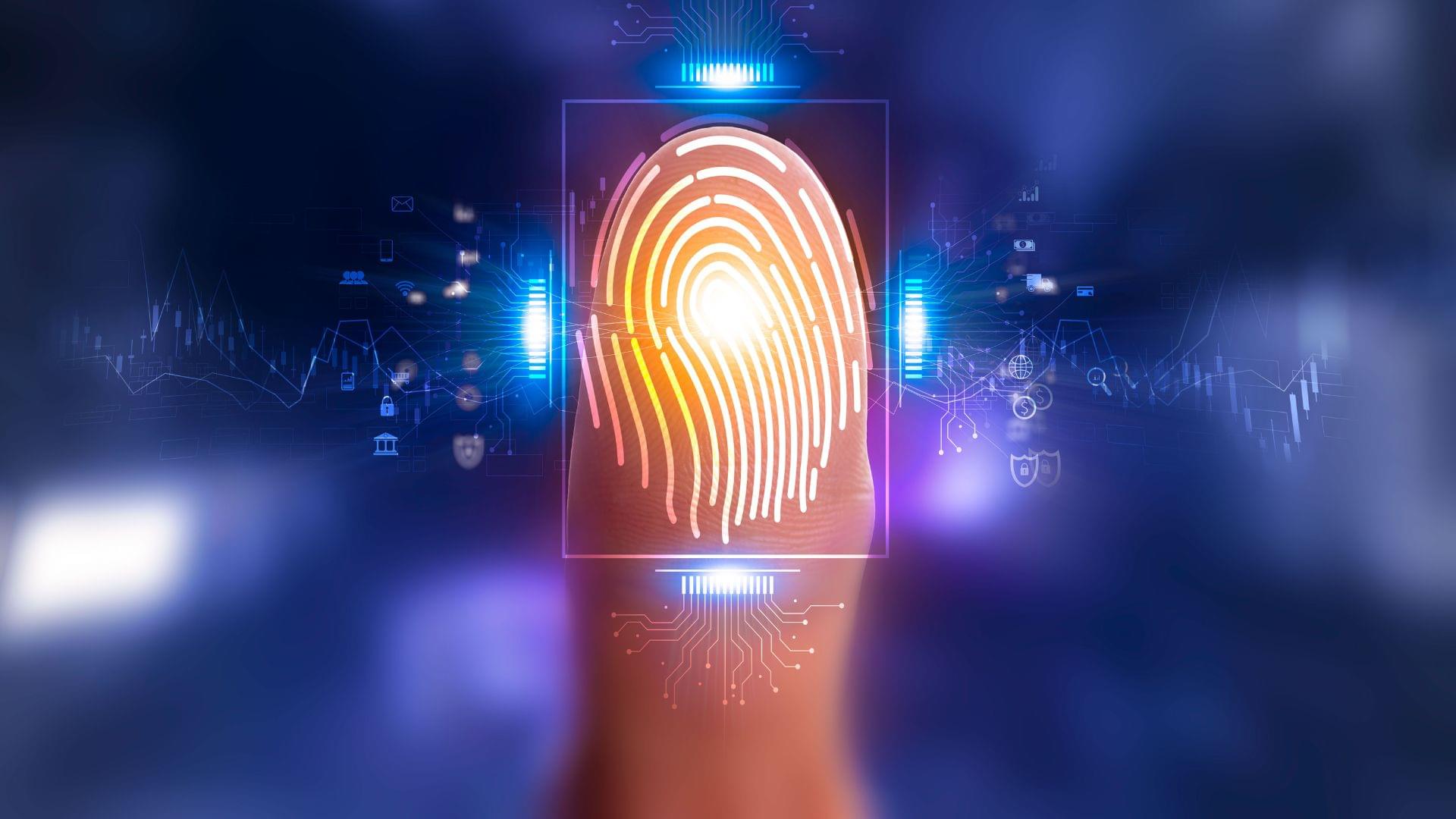
Surveillance in the digital age is no longer limited to cameras and smartphones. From facial recognition to GPS logs, the tools used to monitor people have grown increasingly sophisticated.
Now, researchers in Italy have shown that even ordinary Wi-Fi signals can be used to track people, without needing them to carry any device at all.
A team from La Sapienza University of Rome has developed a system called ‘WhoFi,’ which can generate a unique biometric identifier based on how a person’s body interacts with surrounding Wi-Fi signals.
Italian researchers turn Wi-Fi signals into biometric tools, enabling passive tracking of individuals without phones using AI.
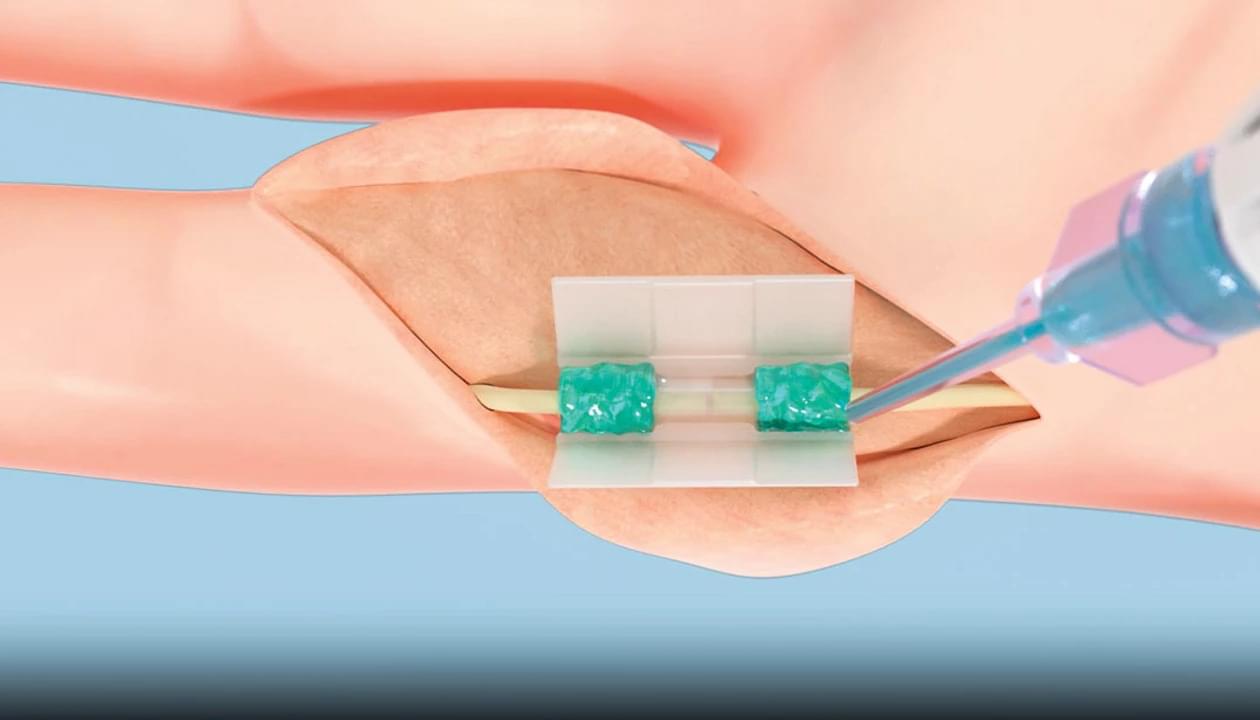
The US Food and Drug Administration has approved a new system for nerve repair based on light-activated polymers rather than surgical stitches. The flexible polymer system was developed by the medical technology company Tissium, which was founded over a decade ago to commercialize research from the laboratories of Jeffrey M. Karp and Bob Langer at the Massachusetts Institute of Technology.
Approval is the first for firm Tissium, which was founded over a decade ago by Laura Howes.

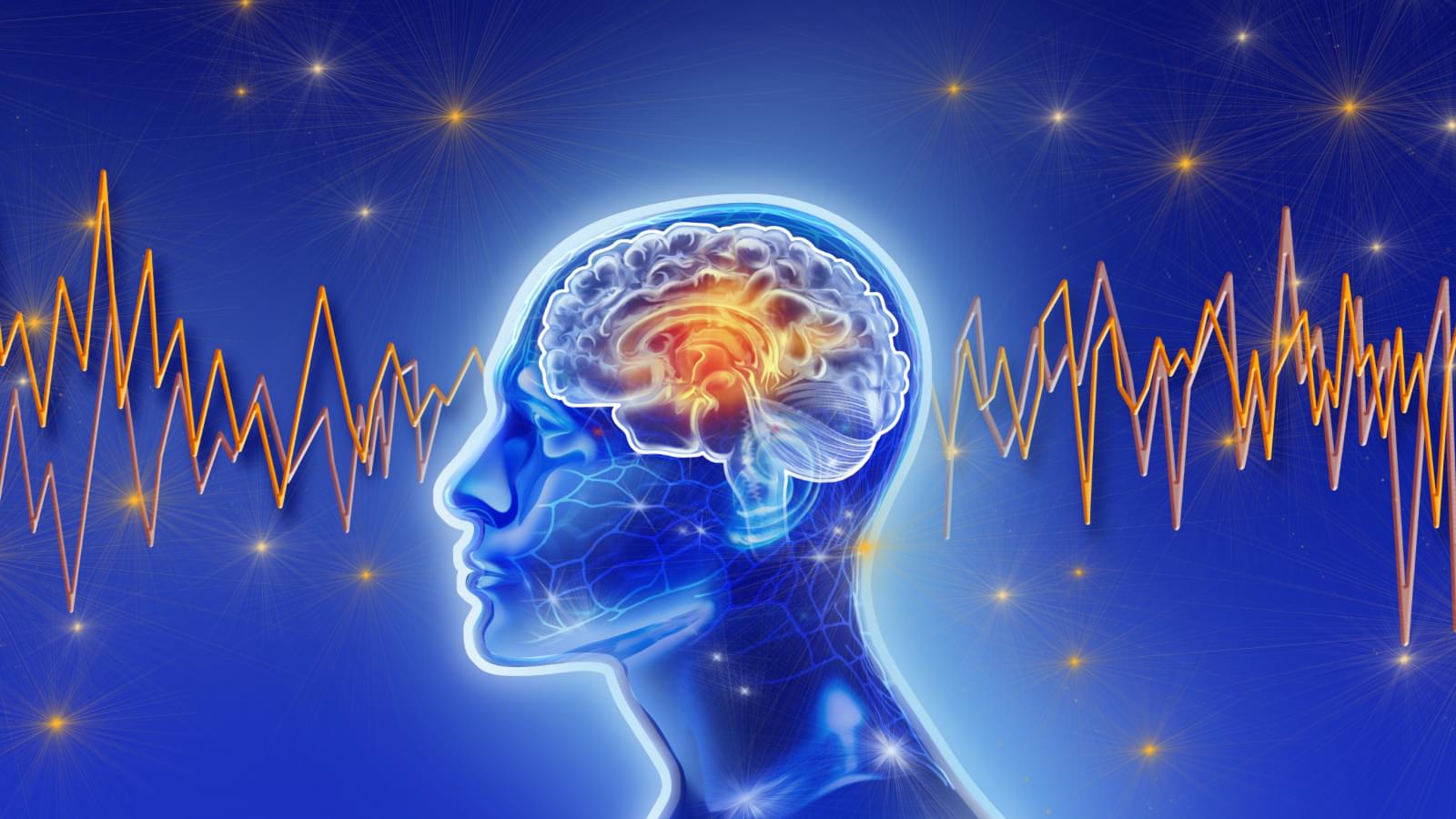
Go visit a sacred ancient site, if possible one featuring a high density of megalithic architecture, and when you get back tell me, hand on heart, you didn’t feel something. Modern archaeology, for all the good that it has done, does not seem to respect this point. (Please see the article under the same name on my Substack for an extended ontological explanation as to why.)
Something is ambiguous, absurd, certainly strange (see: Kastrup, 2012).
Let’s talk about strangeness. Your first thought may be the “paranormal”. Those into the phenomena may think of “high strangeness”. Historians may recount a primary source or two that sticks out from the literature. Classicists may see myth. Some of you may even recollect a personal experience. Maybe one you heard from a family member or that omnipresent friend of a friend of a friend.
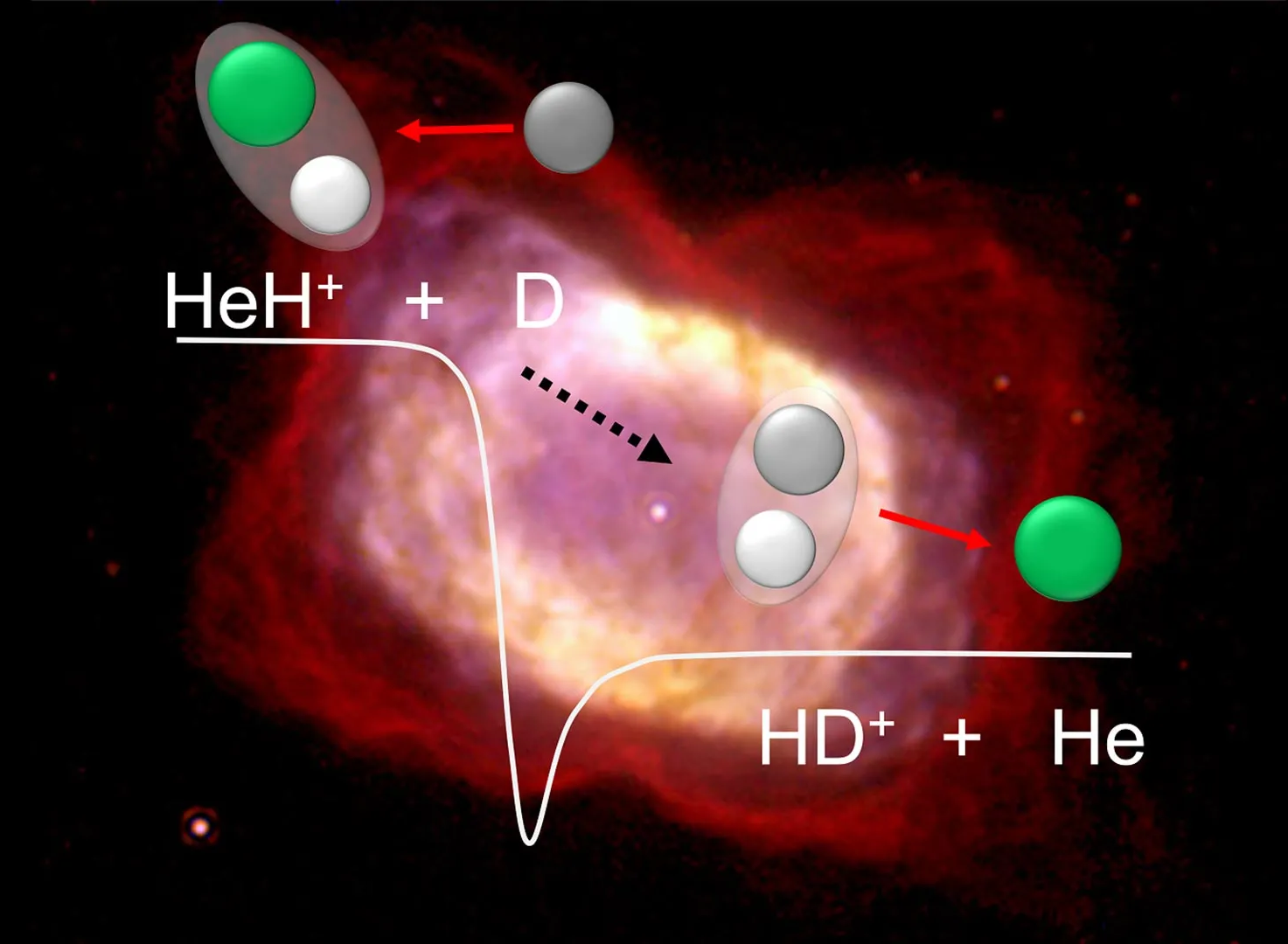
Long before stars lit up the sky, the universe was a hot, dense place where simple chemistry quietly set the stage for everything to come. Scientists have now recreated the first molecule ever to form, helium hydride, and discovered it played a much bigger role in the birth of stars than we thought. Using a special ultra-cold lab setup, they mimicked conditions from over 13 billion years ago and found that this ancient molecule helped cool the universe just enough for stars to ignite. Their findings could rewrite part of the story about how the cosmos evolved from darkness to light.

